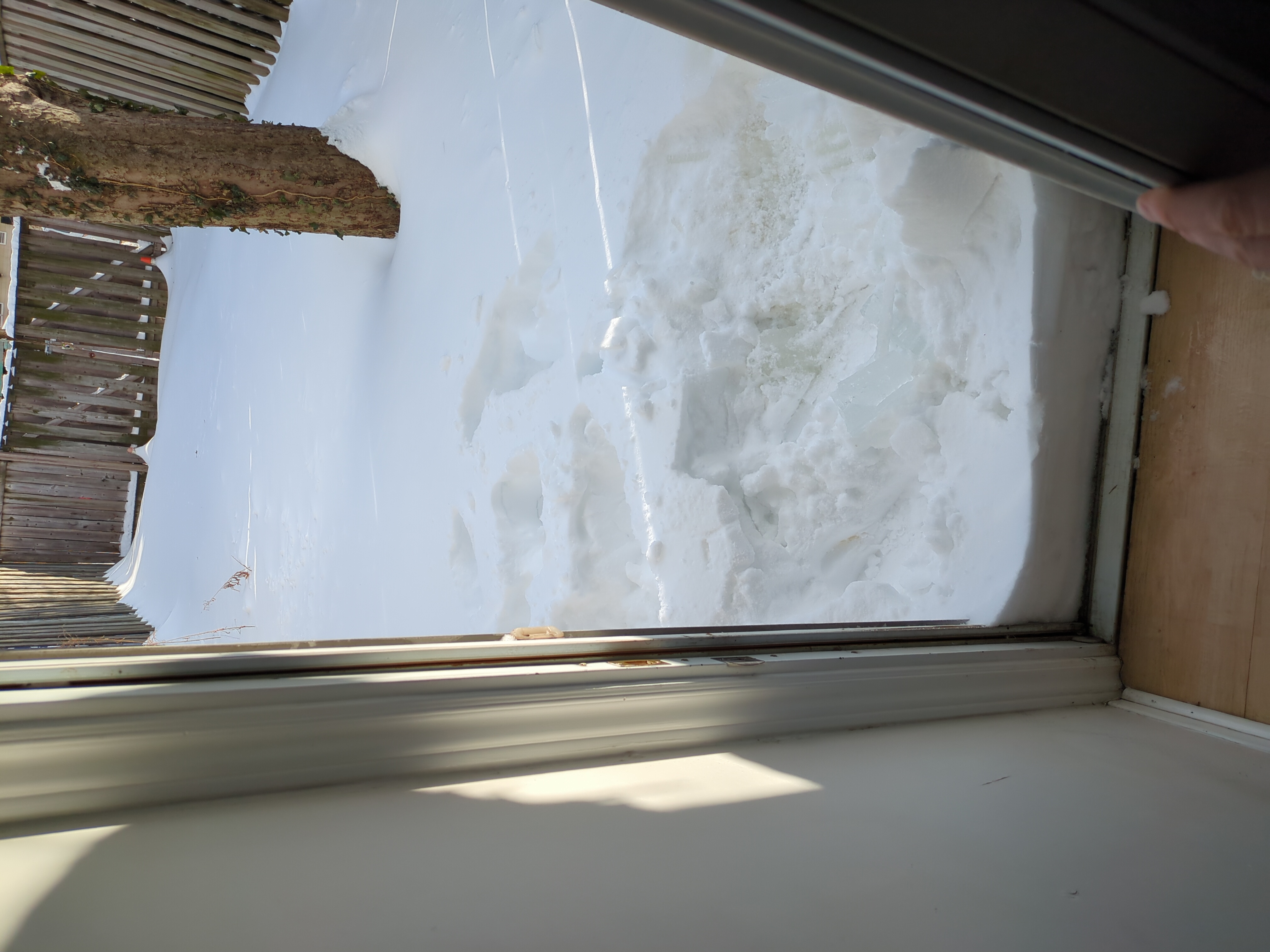She was chatting with friends in a Lyft. Then someone texted her what they said
Comments ⌘ Read more
Some satisfying icicle-breaking in our backyard: photos.falsifian.org/video/sM7G3vfS6yuc/VID_20250217_203250.mp4
I couldn’t resist taking home a prize:


It’s been snowy here in #Toronto.

(I tried formatting the images in markdown for the benefit of yarn and any other clients that understand it.)
It turns out my ISP supports ipv6. After 4-5 months with only ipv4, I thought to ask customer support, and they told me how to turn it on. (I’m pretty happy with ebox so far. Low-priced fibre with no issues so far. Though all my traffic goes through Montreal, 500km away from me in Toronto, which adds a few ms to network latency.)
I learned a #Toronto #hex club just started! I’ve played since ‘98 or ‘99, but rarely in person. https://www.hexwiki.net/index.php/Hex_clubs
Hello twtxt! I’m James (or @falsifian@www.falsifian.org). I live in Toronto. Recent interests include space complexity, simple software, and science fiction.
@movq@www.uninformativ.de @mckinley@twtxt.net I believe the resurgence in availability of municipal WiFi is largely driven by the surveillance capabilities it offers. Every person who has WiFi enabled on their phone can be tracked throughout the city as their phones ping various base stations; a lot of folks aren’t aware of just how much information can be slurped out of a phone that isn’t locked down just from its WiFi pings. I know this happens in Toronto, and I was familiar with a startup in Massachusetts that based its business model on this very concept. I can only assume it’s widespread in the US if not throughout the Western world.